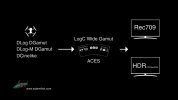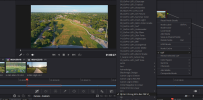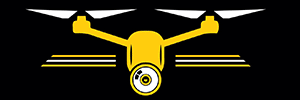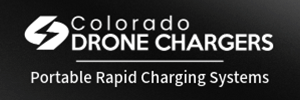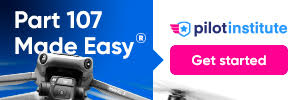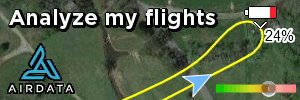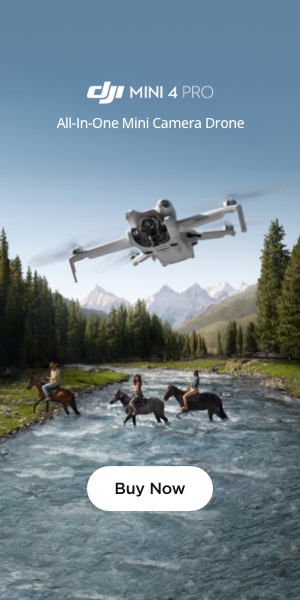Hello - I was eager to shoot D-LogM (I am an avid photographer), so I did. Viewing files was underwhelming, and I knew I needed to transform the file using DJI LUTs. I tried the DaVinci software, but I got stuck. I watched a couple of videos, and I got lost. I gave up.
I am seeking help from anyone who has a simplified video tutorial or a tool that I can use (with just a few clicks) to see what the D-LogM can offer.
there are a lot of experts here who will have a lot of tools they use and a lot of processes they employ
I have tried DaVinci, Vlogger, Cap-Cut. There are significant learning curves to each
now, I can't tell from your post, but if you're using DLog for video, you might consider AVIDemux. It is a free video editor. I have landed on it as my go-to editor. It is quite a bit simpler, in my view at least, but can do a lot of things as well as those 'bigger' editors. And it can handle DLog files
download and install AVIDemux (
assume all the caveats about insuring your computer's security)
Avidemux - Main Page
(
again, I don't vouch for the security of anything on the internet)
* install AVIDemux on your system. Now here's the part where you may have to go thru the process of installing various codecs that you may want/need to use
* open AVIDemux. On the main page, toward the bottom on the left there is a drop down menu of the output format, By default for some reason it's MKV output. I always change that to the MP4Muxer
* next, navigate to your DLog file and open it. It might take a few seconds if it's a big DLog file
* by default, on the left column, video and audio outputs will be set to 'copy'. You'll need to change the video with the drop-down menu. Now, I always work with NVidia HEVC but I believe I had to get that codec from Microsoft. But there are other options you may be familiar with like MPEG4 AVC (x264). Select one of those.
* next in the same drop down box, select filters. A new box will open. By default, the left column is set to 'Transform'. Go down 4 places and select "Colors". Then, for Colors, the central column will now have the option of 3D Luts. If you click on that it will allow you to apply whatever DJI Lut (cube) you want to use. Apply it and you'll now be able to see the transformed DLog file
personally I prefer the '
DJI Mavic 3 D-Log to Rec.709 vivid V1.cube'. But a little less dynamic cube is the '
DJI Mavic 3 D-Log to Rec.709 V1'. Obviously, I have a
Mavic 3, but you'll need to substitute the cube for your drone
after loading the Lut, you can start to edit and adjust using all the tools in the AVIDemux editors. There's a learning curve, but it is just simpler, and in my view more intuitive. But people who have used more powerful editors are sure to disagree with me on this
again, AVIDemux can do everything I need an editor to do, but that's just me. After using DLog for a year or so, I still can't decide if it's actually better than capturing in normal video and doing minor adjustments




